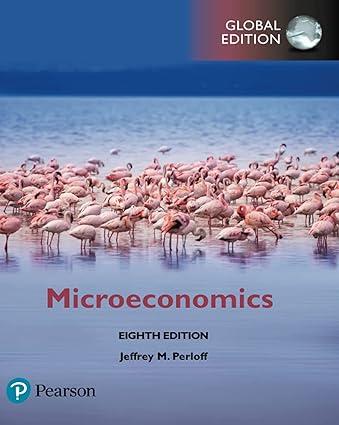Australia has over 500 national parks in which commercial activities are prohibited and human activity is strictly
Question:
Australia has over 500 national parks in which commercial activities are prohibited and human activity is strictly monitored. In the interests of visitor safety or environmental sustainability, access to national parks may be restricted at certain times. Suppose the Australian National Parks and Wildlife Service decides to limit the number of visitors to Bald Rock National Park in New South Wales to \(Q^{*}\), which is less than the current number of visitors to the park \(Q_{0}\). It considers two policies for accomplishing this:
(a) raising the park entry fee to \(P_{1}\) and
(b) setting a quota on the number of visitors. Assuming the marginal cost of a visit is constant and equal to the current price of admission, \(P_{0}\), compare the effects of these two policies on consumer surplus, producer surplus, and welfare. Use a diagram to show which policy is superior according to the welfare criterion.
Step by Step Answer:






